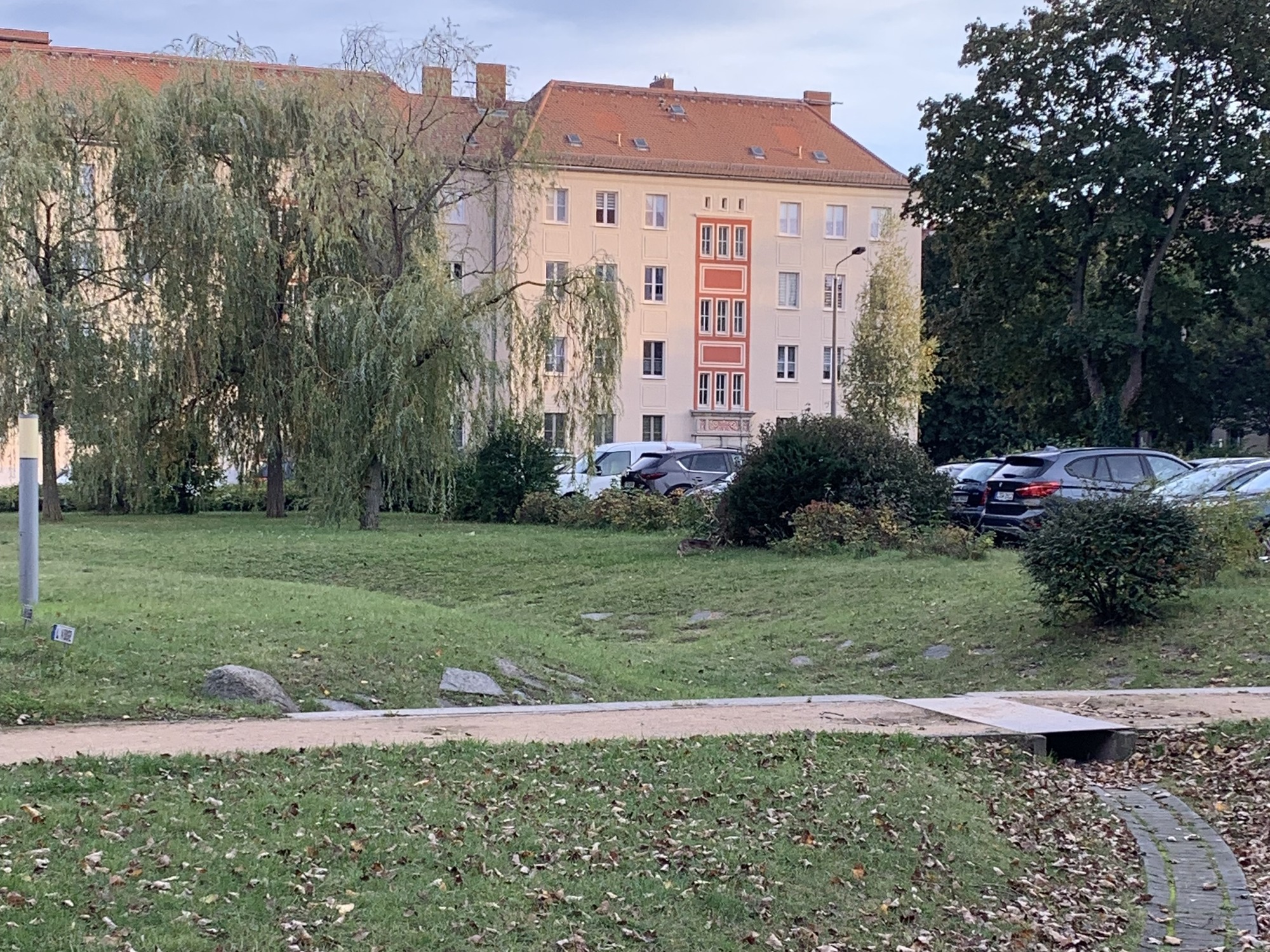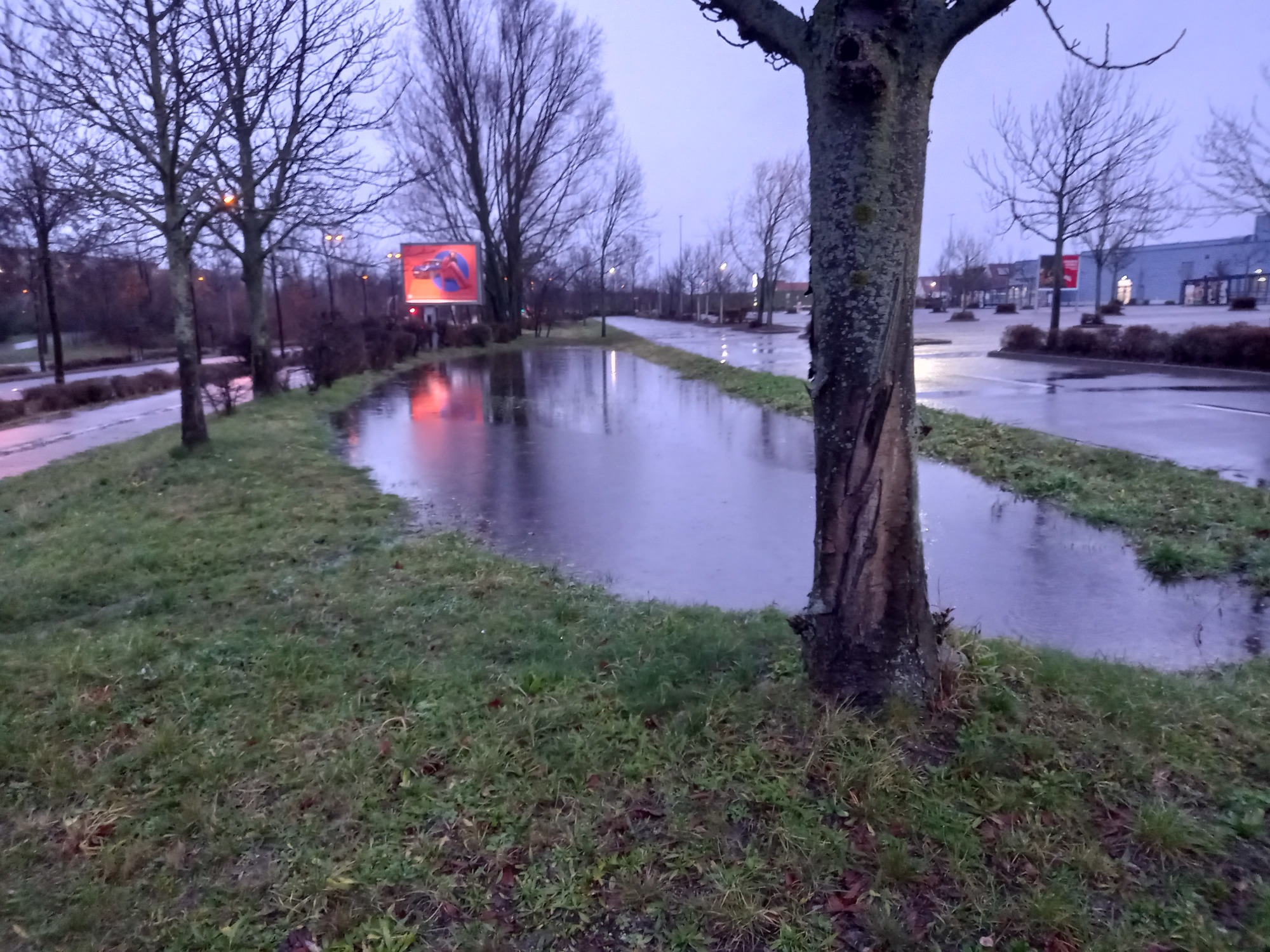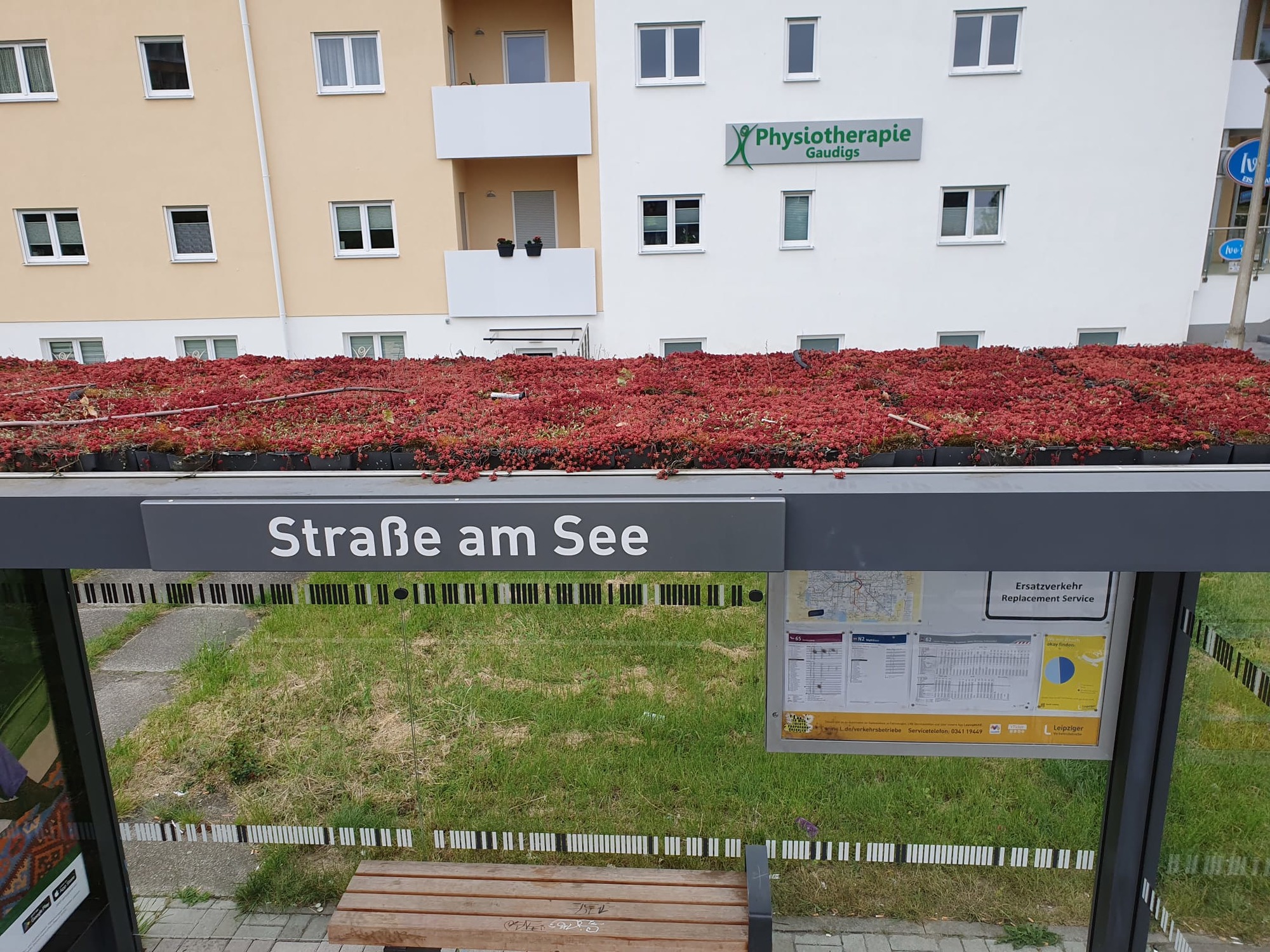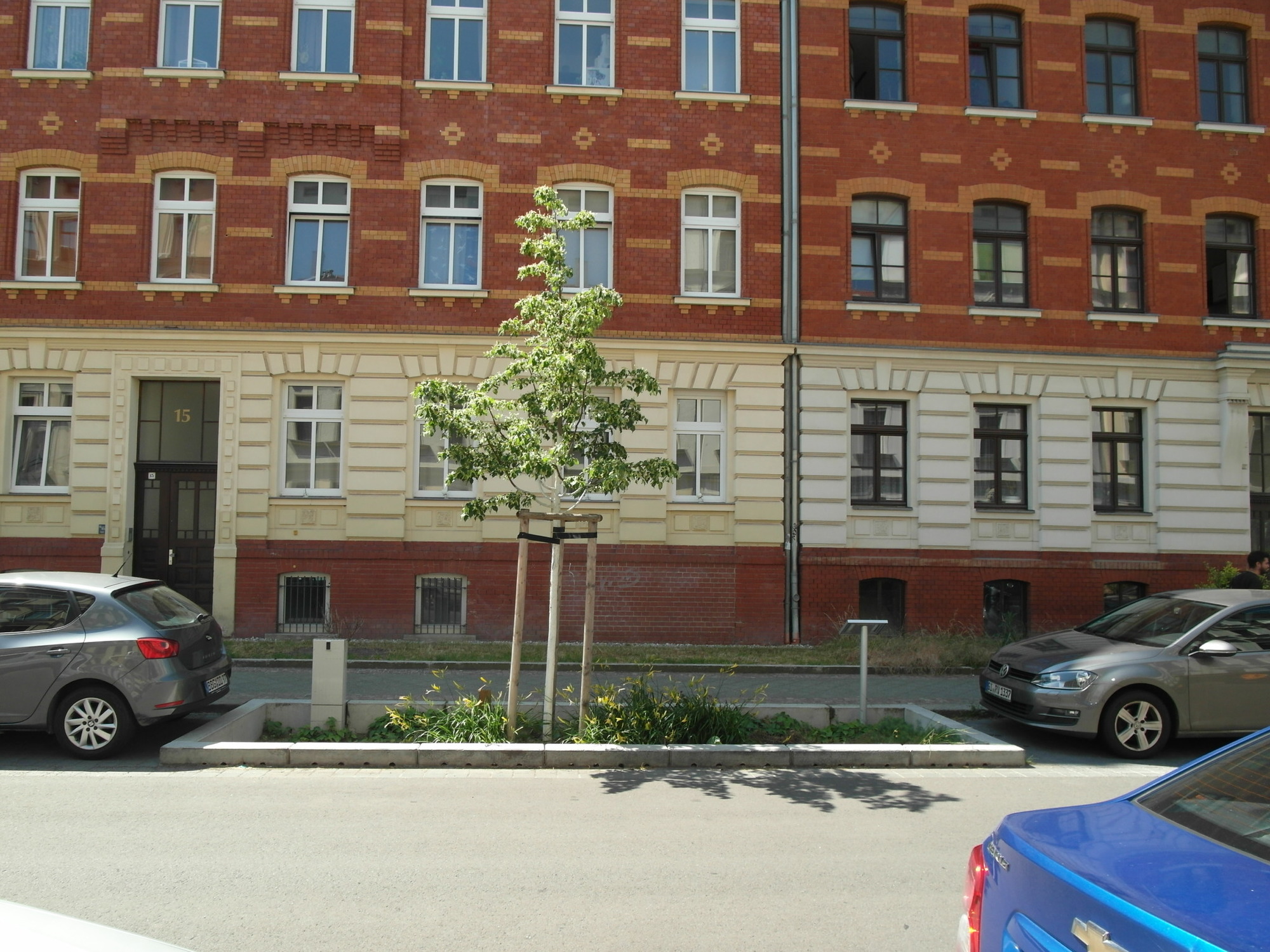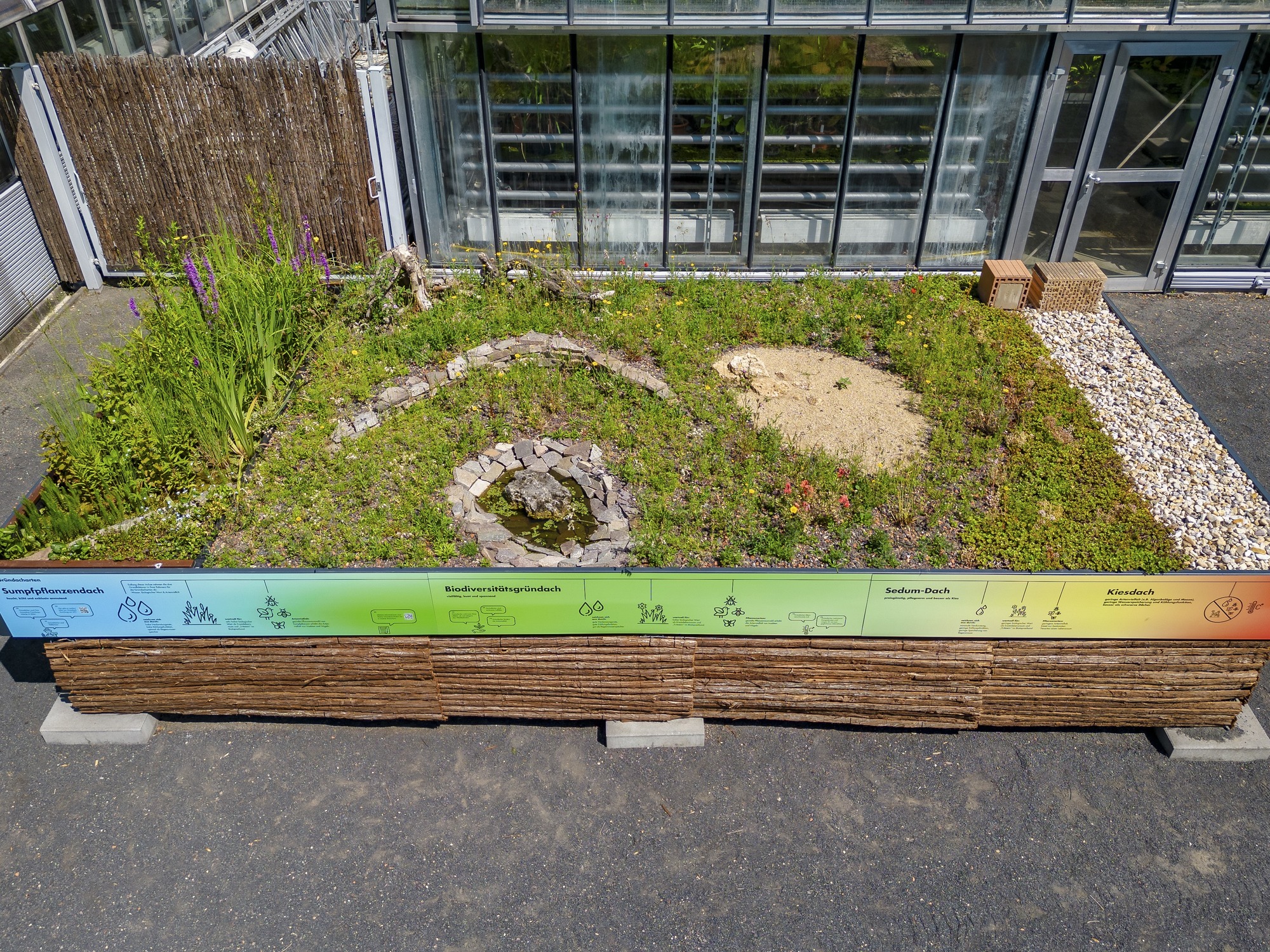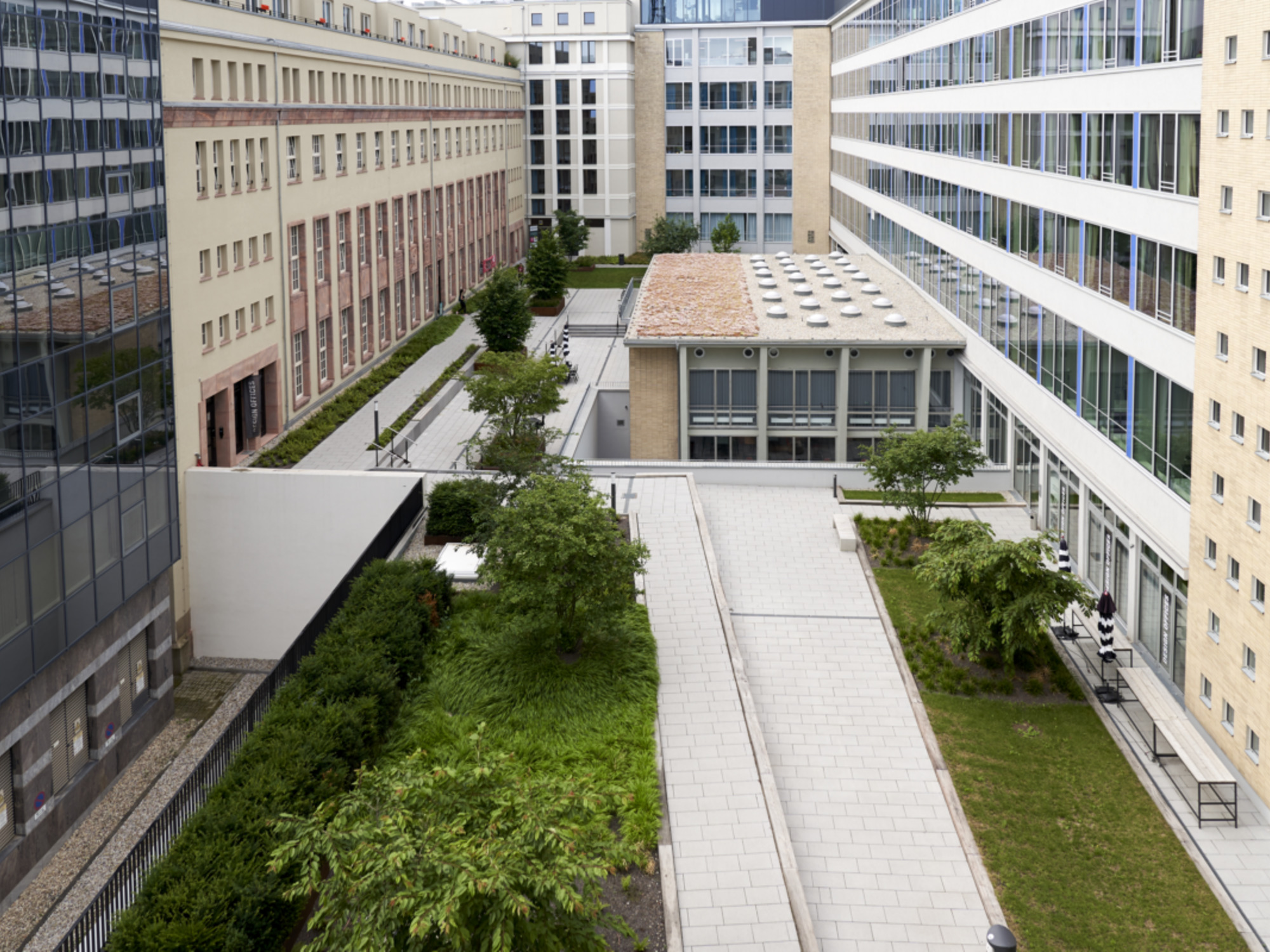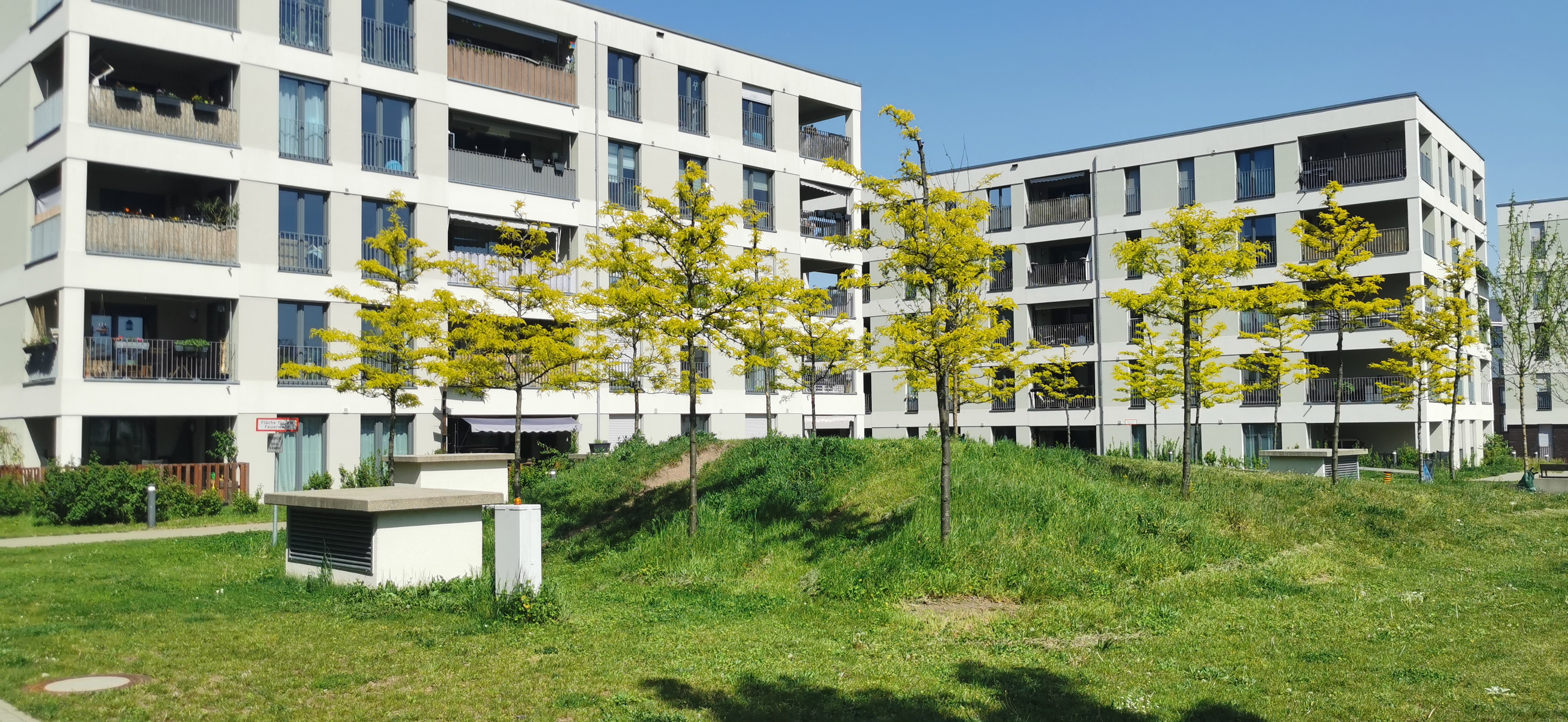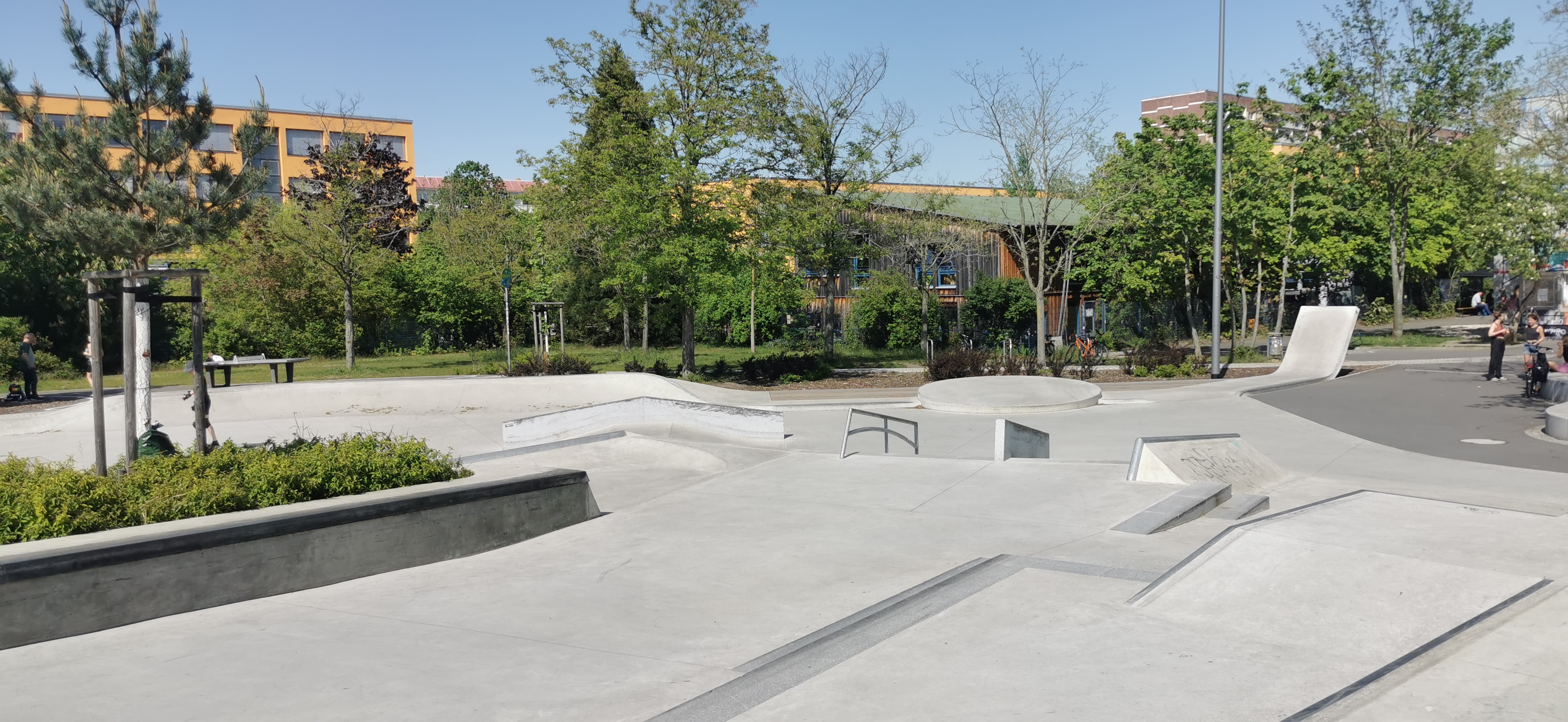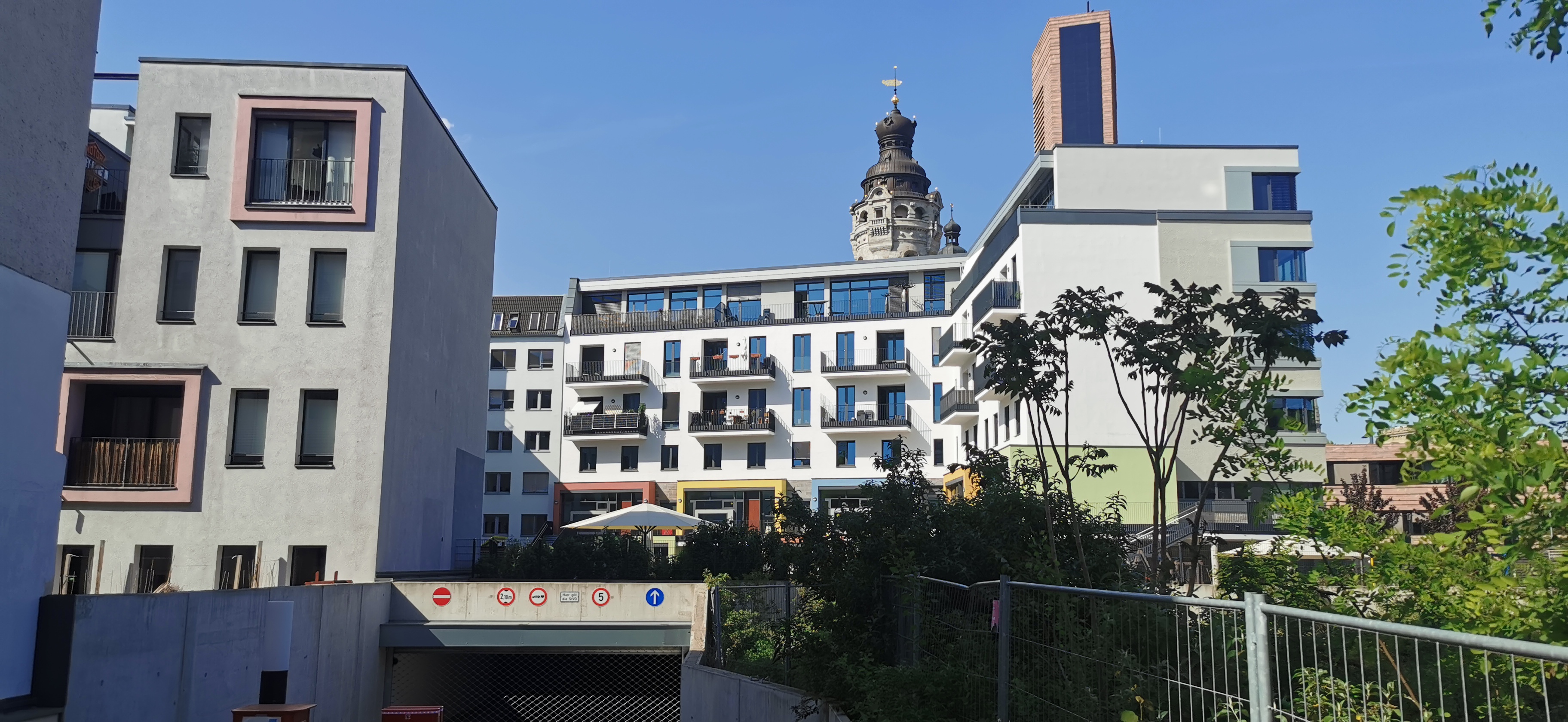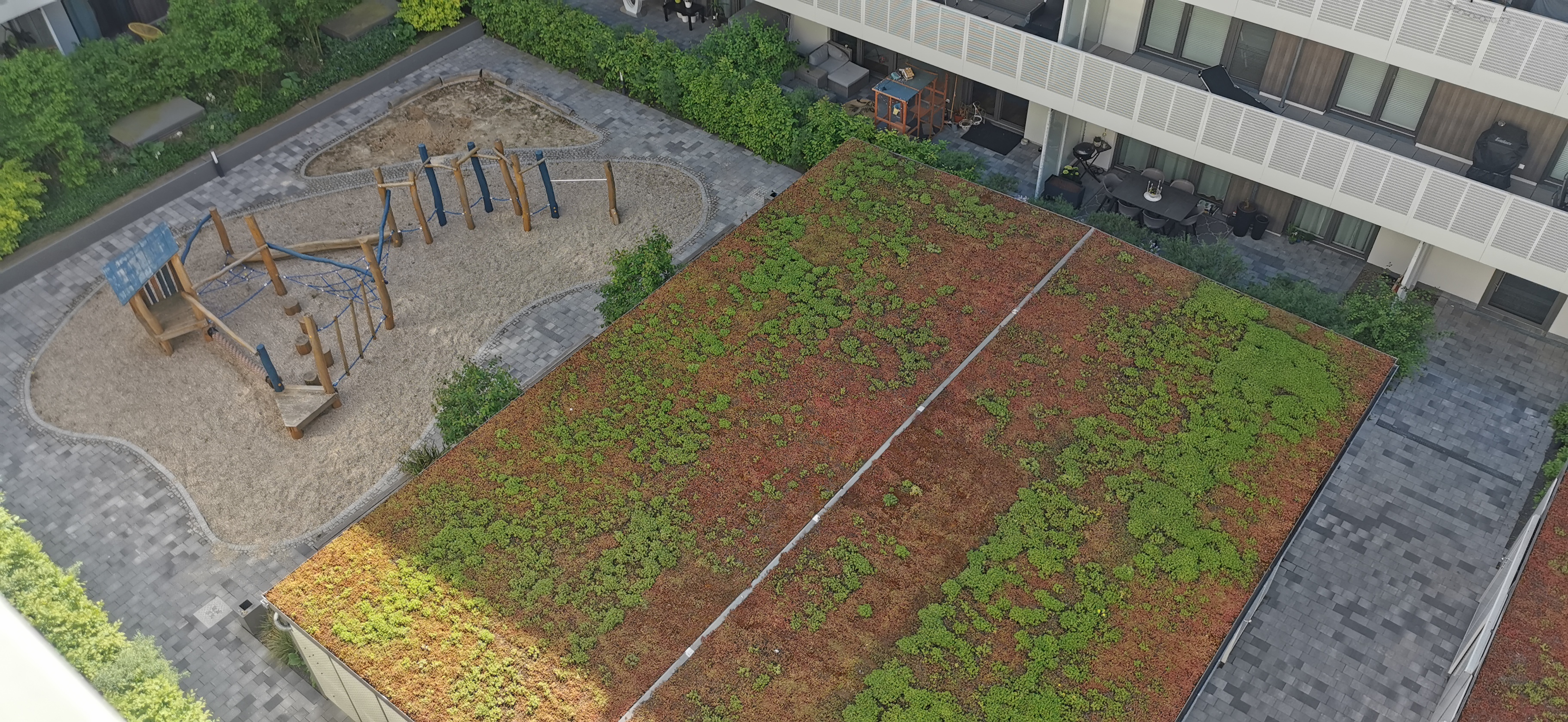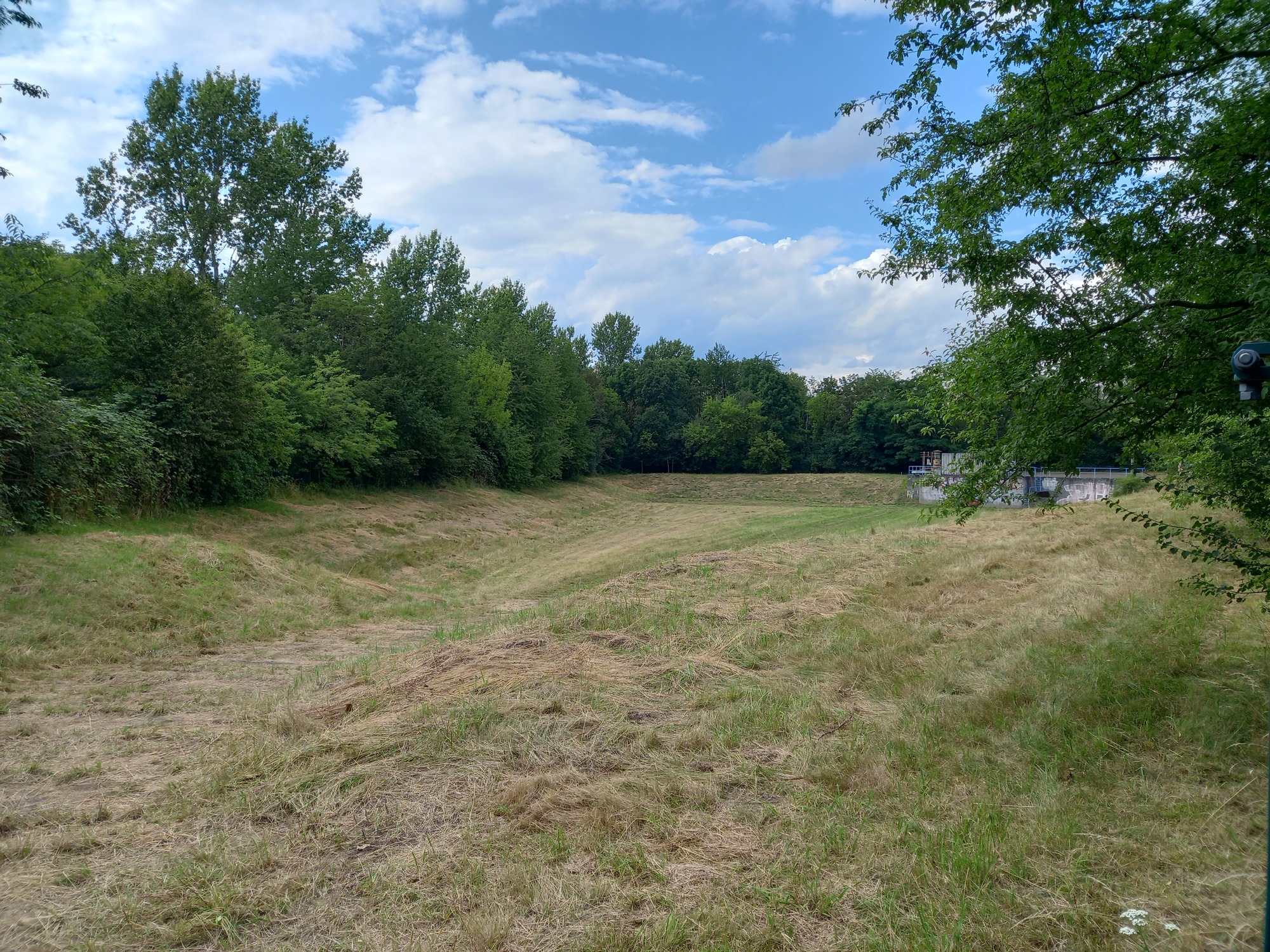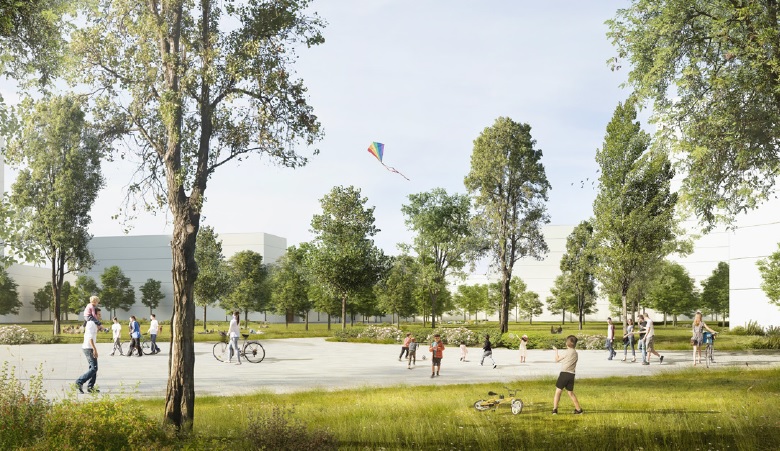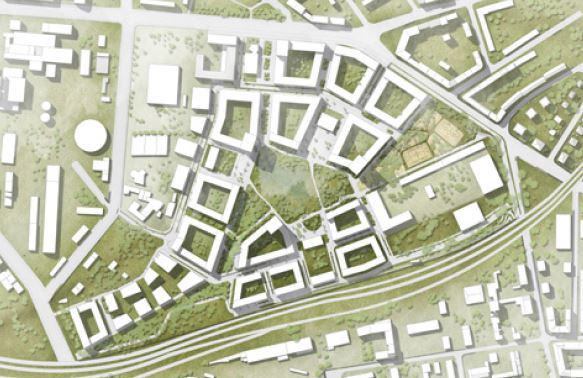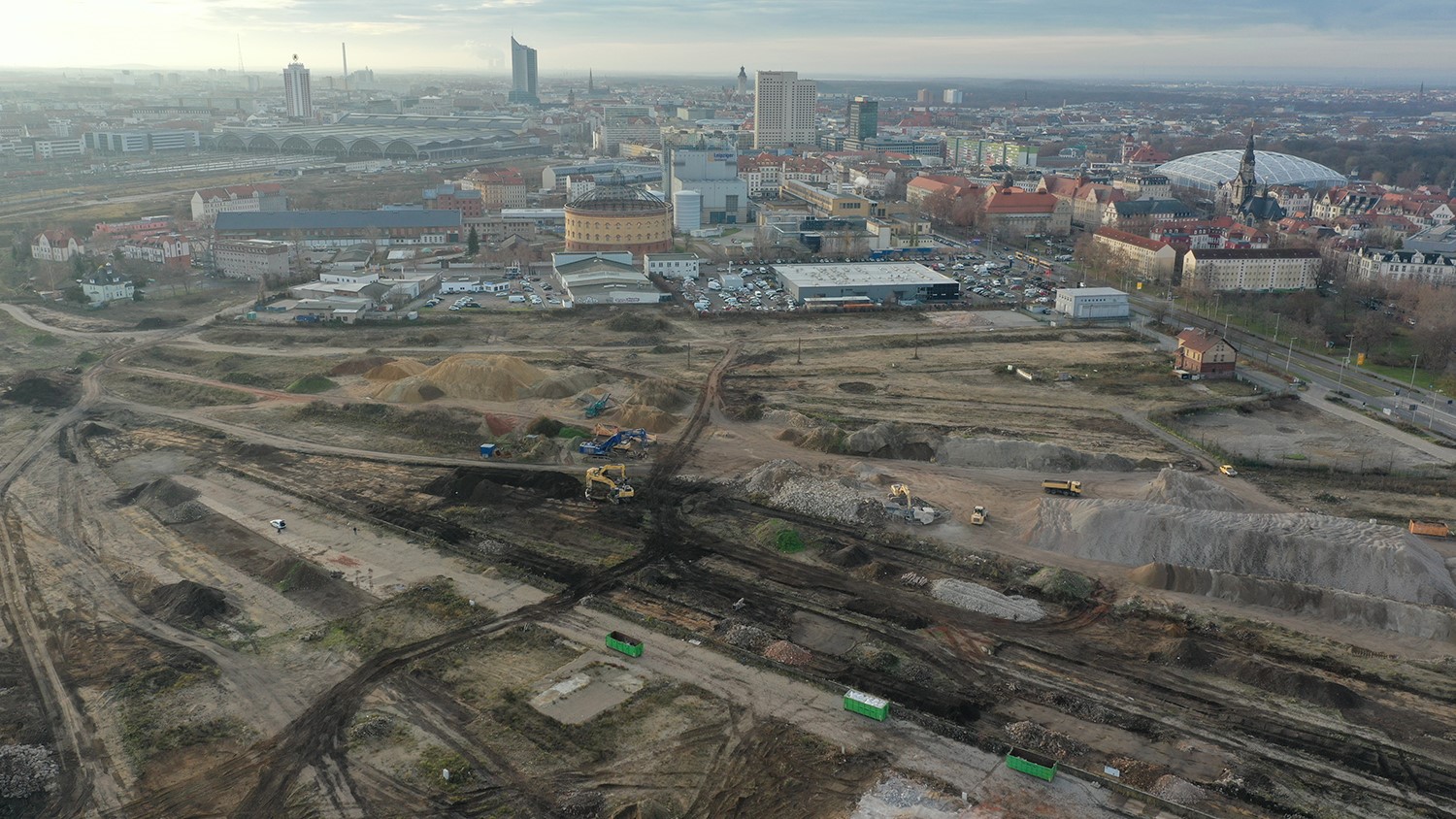Focus on blue-green elements
Water-sensitive urban development and thus the integration of blue-green infrastructure in German cities is one of the key objectives of the National Water Strategy drawn up by the Federal Ministry for the Environment, Nature Conservation, Nuclear Safety and Consumer Protection and adopted by the Federal Cabinet on 15 March 2023. Water-sensitive urban development aims to adapt cities to the challenges of climate change and promote the sustainable use of water resources. A central aspect of this is to provide sufficient space for water in urban areas and to enable a water cycle that is as close to natural as possible. This includes the infiltration, storage and evaporation of rainwater, which supports a healthy urban climate. Cities become so-called "sponge cities" through the integration of multifunctional "blue" and "green" infrastructure elements such as ponds, lakes and parks as well as technical infiltration systems (swales, trenches, etc.) or rainwater utilisation systems (green roofs, retention areas). These are designed to absorb water and release it again when required, which relieves the urban drainage systems and replenishes the groundwater. These measures reduce flooding risks, protect surface waters and groundwater from adverse changes and ensure the preservation of natural ecosystem services (LAWA, 2021).
In addition, the conscious and economical use of water resources and the utilisation of rainwater instead of drinking water ensures sustainable urban drainage. Water-sensitive urban development includes climate adaptation, urban planning and ecology and serves to minimise the risks of flooding from heavy rainfall, summer heatwaves and prolonged drought. Furthermore, water-sensitive cities contribute to cooling during extreme heat events through evaporative cooling and the provision of well-supplied soil and vegetation. The resulting improvement in fresh air production increases the health and quality of life of city dwellers. In addition, biodiversity is increased by promoting the climatic and social balancing functions of water bodies.
The successful implementation of water-sensitive urban development requires a comprehensive and integrated approach that brings together stakeholders from the municipal, scientific and economic sectors. A central focus is on the creation and improvement of blue-green infrastructure, which are essential components of urban water management. This task touches on many interdisciplinary areas and requires the active involvement of specialists from various disciplines and areas of responsibility. In this context, the involvement of urban planning and civil engineering is essential, as they are responsible for the design and implementation of structural measures within the city. Landscape, green and open space planning also contributes to the improvement of the urban climate and biodiversity through the development of natural, water-conscious spaces. Water management, in particular urban drainage and civil engineering, plays a key role in managing and optimising the urban water balance. The road and transport sector must also be involved in planning in order to ensure the integration of water-sensitive solutions into the transport infrastructure. In addition, the involvement of relevant associations and chambers, such as the Association of Towns and Municipalities, is important in order to secure political support and promote the implementation of guidelines.
Would you like to read more about the topic? The final report "Wege zum abflussfreien Stadtquartier - Potentiale, Wirkungen und Rechtsrahmen des ortsnahen Schmutz- und Regenwassermanagements" and the "Urbane Wasserwende - Handlungsempfehlungen an die Bundespolitik" provide you with further stimulating information on the topic.
The interactive map: Experience BGI in Leipzig up close
The importance and influence of blue-green infrastructures in Leipzig should not only be conveyed theoretically, but also practically. An interactive map was developed for this purpose. The interactive map is not only intended to provide information, but also serves as an invitation to explore and rediscover the city of Leipzig from a new perspective. It impressively illustrates how blue-green infrastructures contribute to the quality of life in Leipzig. The visualisation of blue-green infrastructures aims to raise awareness of the importance of water-sensitive urban development.
What is being built on the former site of the Eutritzscher Freiladebahnhof?
You can find more information about the plans for the Leipzig 416 quarter here: Homepage Leipzig 416
Call-To-Action
We are collecting information on other blue-green infrastructures. If you know of any other elements, please let us know at timo.boettcher@ufz.de with the following information:
- Coordinates or Google Map link of the blue-green element
- Naming/description of the blue-green element
- Information on accessibility
- Position of the blue-green element (roof, inner courtyard, street space, etc.)
- An image with reference to the copyright
We will then incorporate this into the website. Thank you very much!
Source reference
LAWA (2021), Auf dem Weg zur wassersensiblen Stadtentwicklung. Positionspapier, Bund/Länder-Arbeitsgemeinschaft Wasser (LAWA).


